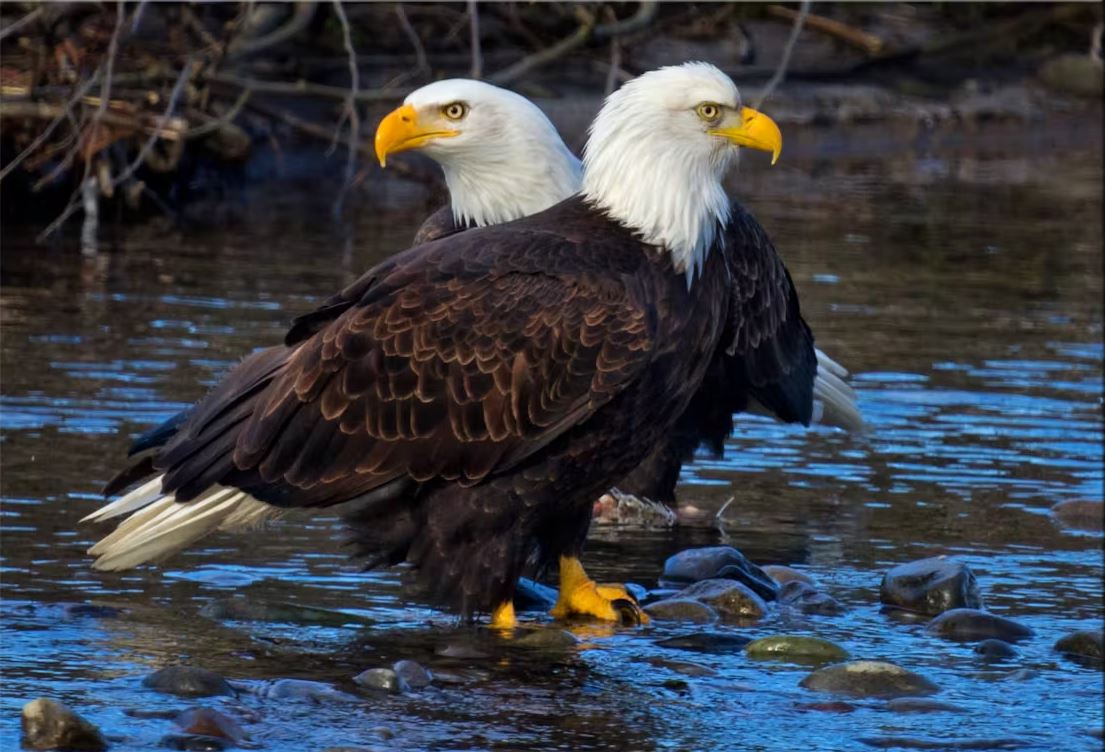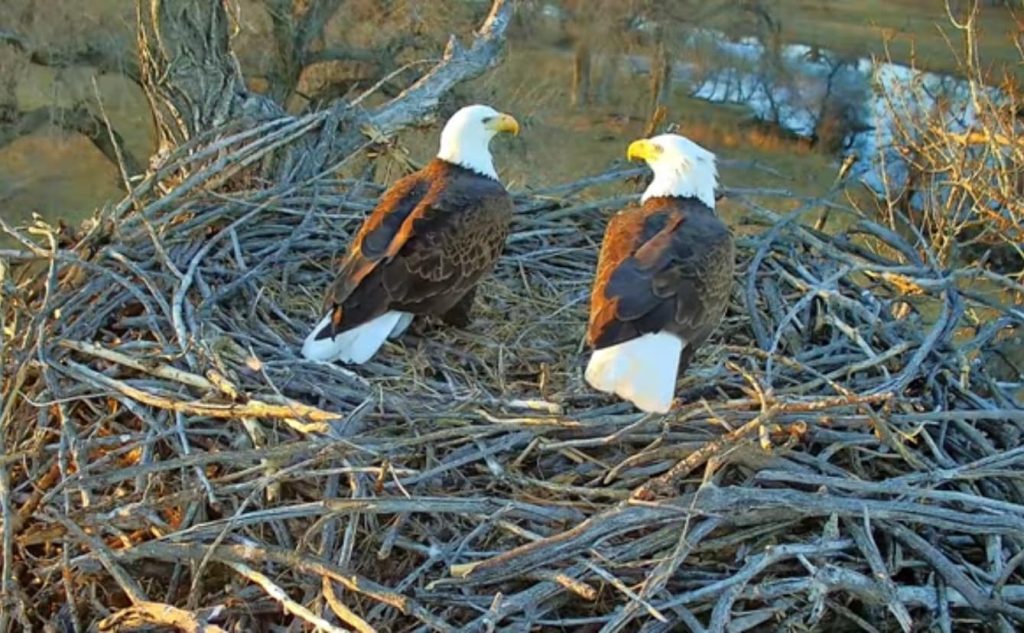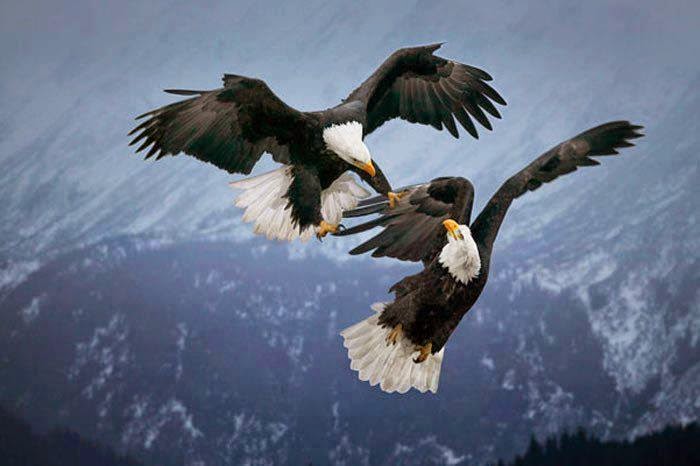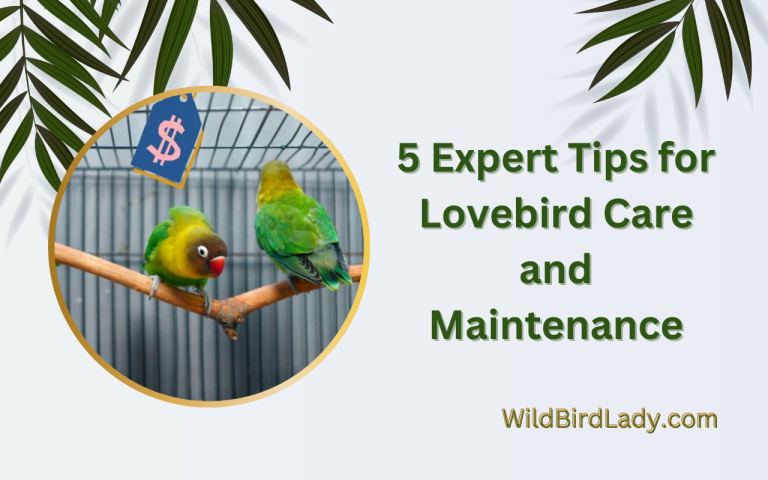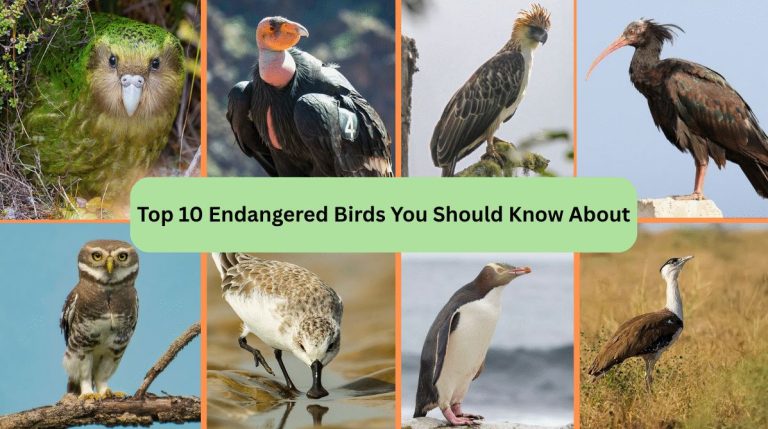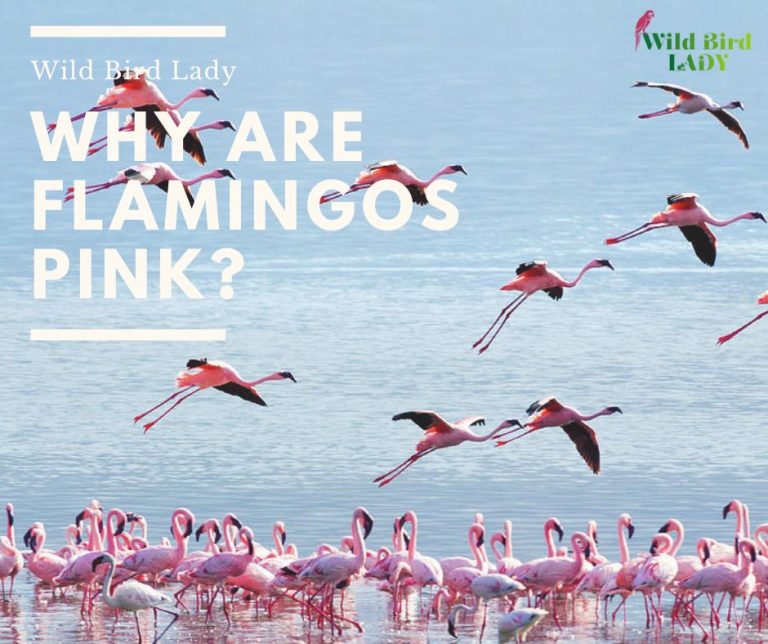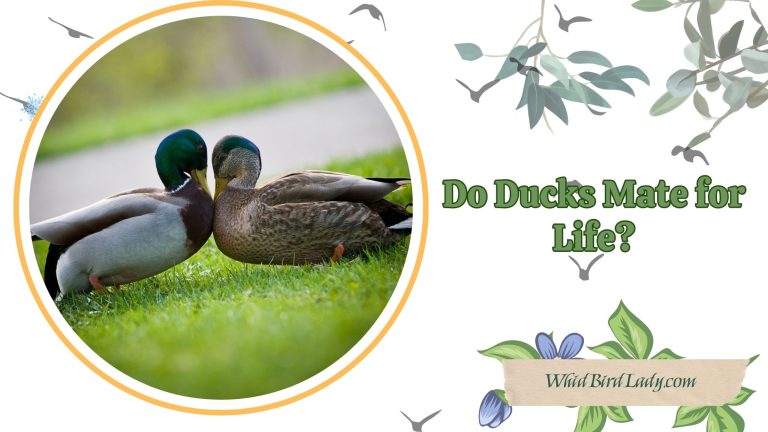Do Bald Eagles Mate for Life? Discover the Truth About Their Love and Loyalty!
As a birdwatcher with over 13 years of field experience, I’ve seen many avian courtships — from the flamboyant dances of cranes to the quiet companionship of mourning doves. But no bird tugs at the heartstrings quite like the bald eagle. I still remember my first sighting of a bonded eagle pair near Lake Superior—soaring side by side, wings nearly touching, as if dancing through the clouds. It made me wonder: Do bald eagles mate for life? And what does that even mean for a bird that spends most of its life in the sky?
Let’s uncover the truth behind the bald eagle’s romantic life—how they choose a mate, whether they stay together forever, and what science (and personal experience) tells us about their loyalty.
🦅 Do Bald Eagles Mate for Life?
The Short Answer: Yes, But With Exceptions
Yes, bald eagles do mate for life—in most cases. These majestic raptors are monogamous and typically return to the same partner year after year, especially if both birds remain healthy and their territory is undisturbed.
However, nature isn’t always predictable. If one mate dies, disappears, or fails to return during breeding season, the surviving eagle will find another partner. This ensures reproductive success and the continuity of their species.
“Bald eagles usually mate for life, but will find a new mate if one dies,” confirms All About Birds by the Cornell Lab of Ornithology.
How Do Bald Eagles Choose Their Mate?
I’ve watched young bald eagles, still in their brown plumage, engage in one of nature’s most breathtaking rituals: sky dancing.
These dramatic displays include:
- Cartwheeling midair: locking talons and spiraling downward
- Aerial acrobatics: flipping, diving, and soaring in sync
- Calling loudly: vocalizing to show strength and presence
This elaborate courtship dance isn’t just for show. It’s a test of strength, compatibility, and coordination—qualities essential for nesting, hunting, and raising young.
Courtship Begins Early
Bald eagles typically reach sexual maturity around 4 to 5 years of age, once they’ve acquired their iconic white head and tail feathers. That’s when they begin seeking a lifelong partner.
When Do Eagles Mate?
Understanding the eagle mating timeline is crucial for birders and conservationists alike.
Timing Varies by Region
- Northern states and Canada: Late winter to early spring (January to March)
- Southern states (e.g., Florida): As early as November or December
In my years observing bald eagles in Wisconsin, I’ve noticed them repairing nests and engaging in courtship displays as early as mid-February, with mating and egg-laying often following shortly after.
How Do Eagles Mate?
Let’s demystify what often seems like a hidden process.
Step-by-Step: How Do Bald Eagles Mate?
- Courtship Displays: As mentioned, elaborate aerial stunts build trust.
- Perching Together: The bonded pair will spend increasing time on or near their nest tree.
- Copulation: This usually happens on a branch near the nest. The male climbs onto the female’s back, balancing with wings spread.
- Cloacal Kiss: Eagles, like most birds, reproduce through a cloacal kiss—the brief contact of their cloacas (shared reproductive and excretory opening), which allows sperm transfer.
So if you’ve ever wondered, how do eagles mate? or how does eagles mate? — it’s a precise, practiced act, usually completed in seconds but repeated several times during breeding season to ensure success.
Nesting Together: Building a Life, Not Just a Nest
One of the clearest signs of an eagle pair’s bond is their nest building behavior. Bald eagles build massive nests, called aeries, that can weigh over a ton and reach up to 13 feet deep.
According to All About Birds, bald eagles hold the record for the largest tree nest ever recorded: 9.5 feet wide, 20 feet deep, and over 4,000 pounds!
Nesting Duties
- Both partners gather sticks—one carries, the other arranges.
- The pair returns to the same nest year after year, reinforcing it each season.
- They often add soft materials like moss, grass, and feathers to cushion the eggs.
This cooperative nesting is another strong indication that eagle pairs form deep, long-term bonds.
Raising the Next Generation Together
Once eggs are laid—usually 1 to 3 per season—the male and female take turns incubating and guarding the nest.
- Incubation lasts about 35 days
- Both partners hunt and feed the eaglets
- They often remain with the fledglings for up to 3 months after hatching
This level of parental cooperation is rare in the bird world and a testament to the strength of the bald eagle pair bond.
What Happens If One Bald Eagle Dies?
Here’s a reality I’ve witnessed firsthand. Several years ago, I monitored a pair near Duluth. One spring, only the female returned. The male had likely died during migration. Within two weeks, a new male arrived and took interest in the existing nest. The female eventually accepted him, and they successfully raised two eaglets that year.
So, Do Eagles Mate for Life?
Yes—but they prioritize survival and reproduction. If a mate is lost, the other does not mourn forever but adapts and finds a new partner.
Fun Facts: Bald Eagle Mating Edition
- Bonding lasts all year: Even outside breeding season, pairs often hunt and perch together.
- Divorce is rare but can happen—especially if breeding fails repeatedly.
- Some nests are used for decades, passed down to new pairs if the original dies.
Tips for Birdwatchers: Spotting Mated Pairs
If you’re hoping to catch a glimpse of bald eagle courtship or nesting behavior, you’re in for a real treat. Over the years, I’ve learned to recognize a few telltale signs that indicate a pair is bonded and possibly preparing to breed. Here’s what to watch for if you want to see eagle love in the wild:
Paired Soaring: Love in the Sky
One of the most beautiful sights in birdwatching is two bald eagles soaring together. If you see a pair flying side by side—especially in wide, slow circles over a body of water or forest edge—there’s a good chance they’re a bonded couple.
Sometimes, they’ll perform gentle aerial displays, mimicking their early courtship. These movements aren’t just graceful—they’re a way for the pair to reinforce their connection year after year.
Nest Renovation: Building Together
Keep an eye out for nest-building or repair activity, especially from late winter into early spring.
You may see one eagle bringing sticks, while the other arranges them meticulously in the nest. This teamwork is a strong indicator of a mated pair preparing for egg-laying. They often return to the same nest (called an aerie) for many years, adding new material each season.
If you’re lucky enough to see both eagles at the nest—one perched while the other works—you’re witnessing something incredibly special: the preparation for new life.
Vocal Duets: Call and Response
While bald eagles aren’t known for melodic songs like robins or warblers, they communicate frequently with their mate using sharp, high-pitched chirps and whistles.
During courtship and nesting, you may hear them call back and forth—sometimes while perched in separate trees or during coordinated flight. These vocal exchanges help maintain the pair bond and assert their presence in the territory.
Bonus Tip: Perch Watching
I’ve often spotted pairs sitting shoulder-to-shoulder on a single branch, usually overlooking a lake, river, or open field. These peaceful moments—just sitting together quietly—are signs of a long-established pair.
Best Practices for Responsible Viewing
If you want to observe bald eagle pairs without disturbing them (and I strongly encourage this approach), follow these key guidelines:
- Maintain a respectful distance: Always stay at least 200–300 feet (60–90 meters) away from the nest or perching site.
- Use binoculars or a spotting scope: This allows you to enjoy detailed behavior without getting too close.
- Avoid direct approach: Never walk directly toward a nest tree or beneath a perched eagle. Approach slowly at an angle if necessary.
- Time your visits carefully: Avoid disturbing them during early nesting season (Jan–April), when eagles are most sensitive.
- Look for public viewing areas: Many wildlife refuges and parks have designated eagle observation zones with signage, trails, and scopes.
📝 Pro Tip from the field: Arrive around sunrise or early morning. Bald eagles tend to be most active during those hours—soaring, feeding, and repairing nests.
With patience, the right tools, and a respectful attitude, you’ll not only witness bald eagle pair behavior—you’ll feel part of a story that’s unfolded over centuries in the skies above.
FAQ
1. Do bald eagles mate for life?
Yes, bald eagles typically mate for life with a single partner. They return to the same mate each breeding season unless one eagle dies or fails to return.
2. How do bald eagles choose their mate?
They perform aerial courtship displays like cartwheeling and synchronized flying. These behaviors help test strength, compatibility, and coordination.
3. How do eagles mate?
Eagles mate by briefly touching their cloacas while perched. This is called a “cloacal kiss,” which allows sperm transfer for fertilization.
4. When do eagles mate?
Eagles usually mate during the late winter or early spring. In southern regions, breeding can start as early as November.
5. What happens if one eagle dies?
If a mate dies, the surviving bald eagle will seek a new partner to continue nesting and raising young in the same territory.
6. Do eagles ever “divorce”?
Rarely. If a pair fails to reproduce successfully over several seasons, they may separate and seek other mates—but this is uncommon.
7. How long do bald eagle pairs stay together outside breeding season?
Bald eagle pairs often remain together year-round, especially in non-migratory populations, maintaining their bond through shared hunting and perching.
Final Thoughts from Rifat Ahmed
After more than a decade of birdwatching, I can say with confidence that bald eagles teach us as much about loyalty as they do about resilience. They are devoted partners—cooperative, synchronized, and enduring. But they’re also survivors, capable of adapting when life demands it.
So, the next time someone asks, “Do bald eagles mate for life?”, you can answer like a seasoned birder:
Yes, unless life intervenes. And when it does, the eagle flies forward.
If you enjoyed this insight into eagle behavior, check out more of my birding stories and expert tips at Wild Bird Lady — where nature comes alive, one feather at a time.

